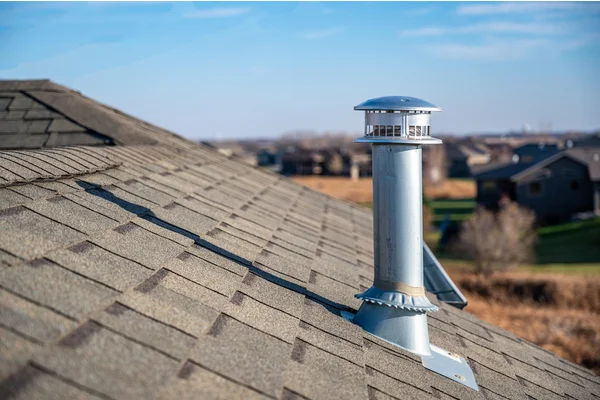Not being a technician, I often have difficulty articulating the trouble that brings need for a plumber. Being a new addition here, there has certainly been a learning curve for using the industry jargon correctly. The average person can easily misuse the lingo and/or mistake the actual root issue when calling in help. While our team of expert techs will inevitably get to the bottom of the issue, we thought it useful to compile a short list of industry terms and their definitions that people often mistake or misinterpret.

Water Heater- (often mistakenly referred to as a “Hot” water heater – though a water heater’s sole purpose is making water hot) A household appliance consisting of a gas or electric heating unit under a tank in which water is heated and stored.

Hose Bibb- A hose bibb is the small faucet attachment on an outer wall of your home that facilitates your access to water in your backyard, driveway, and the likes. As the name implies, this is the small tap that functions as an attachment to your garden hose, giving you easy access to water outdoors.

Washer Valve- This valve delivers water to your washing machine via two hoses for each hot and cold water. These valves look like little, itty-bitty baby hose bibbs, but do not function the same. A problem with the valve can cause the washer to not fill properly or not fill at all.

Faucet Valve- The sole function of the valve is to control the water passing through the faucet and mixes hot and cold water. It turns the water on and off and limits the amount of water flow which can range from a trickle to a deluge. If the valve fails, the faucet stops being a faucet. It cannot perform its essential function: delivering measured amounts of water.

Faucet Cartridge- The modern valve is usually built into a removable carrier called a cartridge which is inserted into the body of the faucet. Any wear on the valve takes place inside the cartridge, not inside the body of the faucet. If the valve fails, in some cases the cartridge can easily be replaced, restoring function to the faucet. Before removable cartridges, the faucet body would have needed to be re-machined or the whole faucet replaced.

Plumbing Vent- Just as drainpipes remove water and waste from your home, the plumbing vent pipe – also known as a plumbing air vent – removes gas and odors. It also allows fresh air into the plumbing system to help water flow smoothly through the drainpipes. However, no water runs through the plumbing vent pipe.

Sewage Ejector Pump- A sewage ejector pump, also called a pump-up ejector system, is used when a bathroom, laundry room or any other type of plumbing fixture is located below the level of the main sewer or septic line flowing from the house. The principle of a sewage ejector pump is like a groundwater sump pump, but instead of rainwater seepage being pumped out of the home, it is waste/sewage being lifted and out into the main sewer lines or septic field.

Sump Pump- A sump pump is a pump used to remove water that has accumulated in a water-collecting sump basin, commonly found in the basements of homes.

Lav- A room or building equipped with one or more toilets – your bathroom. “Lav” is the location of the fixture, as opposed to the fixture itself. For example, if you hear the term “Lav Faucet” or “Lav Sink,” this is describing the location, not necessarily referring to a specific brand/fixture.
*Still unsure of how to explain your plumbing woes? No worries! We here at Alpine want to help spare you as much stress as possible in keeping your home at its best. Feel free to give us a call Monday through Thursday, 8am-4:00pm (Fridays 8am-3pm), at 406-252-7100 and we will try our might to figure things out together! Also, don’t forget to stay tuned for our next blog: “Jumbled Jargon Part 2: HVAC.”



